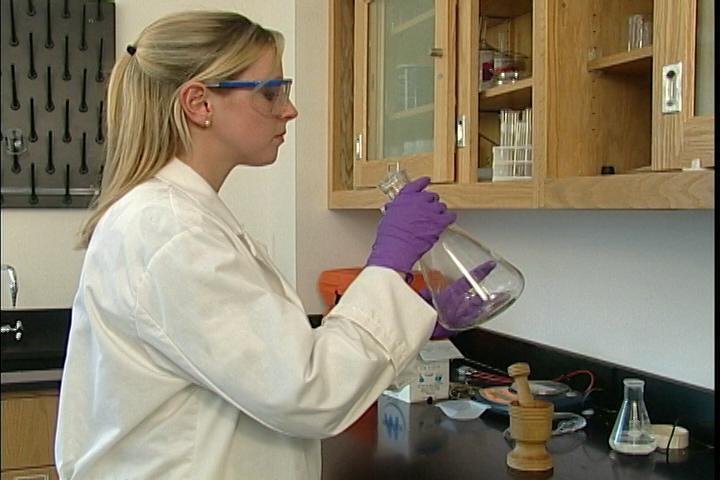Laboratory safety is an essential part of ensuring the health and safety of workers and researchers in laboratory settings. Laboratories can be hazardous environments with various potential risks, including chemical spills, fires, explosions, and exposure to hazardous substances.
The importance of laboratory safety cannot be overstated. In addition to the risk of accidents and injuries, laboratories also pose a risk to the wider community, as hazardous substances and waste products can be released into the environment if proper safety measures are not in place.
To help ensure the safety of workers and researchers in laboratory settings, employers need to implement a comprehensive laboratory safety program. This should include training workers on how to properly handle and use hazardous substances, as well as procedures for emergency response, waste disposal, and spill containment.
In addition to training and procedures, employers should also ensure that laboratory workers have access to the appropriate personal protective equipment (PPE) for the tasks they are performing. This can include gloves, safety glasses, lab coats, and respirators, depending on the hazards present in the laboratory.
In addition to the importance of laboratory safety in protecting workers and researchers, there are several key strategies that employers can use to help ensure the safe operation of their laboratory. These include:
- Developing a comprehensive laboratory safety program that includes training, procedures, and policies for the safe handling and use of hazardous substances. This program should be tailored to the specific hazards present in the laboratory and should be reviewed and updated regularly.
- Providing access to appropriate personal protective equipment (PPE) for all workers who use hazardous substances in the laboratory. This can include gloves, safety glasses, lab coats, and respirators, depending on the hazards present in the laboratory.
- Conducting regular safety inspections of the laboratory. These inspections should be conducted by trained personnel familiar with the hazards present in the laboratory. They should include checking for proper storage and labeling of hazardous substances, as well as the condition and maintenance of PPE and other safety equipment.
- Implementing procedures for emergency response, spill containment, and waste disposal. These procedures should be clearly communicated to all workers and reviewed and practiced regularly to ensure that workers are prepared to respond to emergencies in the laboratory.
For more information on laboratory safety, employers can refer to the Occupational Safety and Health Administration’s (OSHA) Laboratory Safety Guidance. This guidance provides detailed recommendations for the safe operation of laboratories, including training, PPE, inspections, and emergency response procedures.
Overall, laboratory safety is an essential part of ensuring the health and safety of workers and researchers in laboratory settings. By implementing a comprehensive safety program and providing access to appropriate PPE, employers can help prevent accidents and injuries and protect the broader community from potential hazards.
Do you need Online Training for Laboratory Safety?
Try a free demonstration of our Laboratory Safety Training programs, where you can see the full content of the training program and how the system works from the perspective of the trainee:
Course Titles in our Laboratory Program Listing include:
Compressed Gas Cylinders in the Laboratory
Electrical Safety in the Laboratory
Flammables and Explosives in the Laboratory
GHS Safety Data Sheets in the Laboratory
Orientation to Laboratory Safety
Planning for Laboratory Emergencies
Preventing Contamination in the Laboratory










